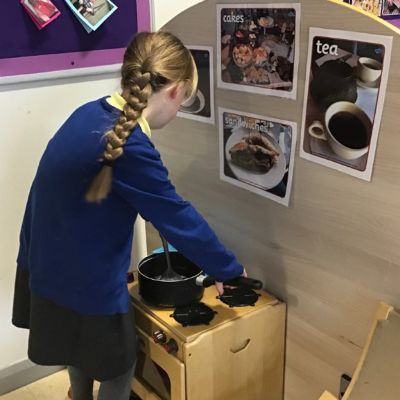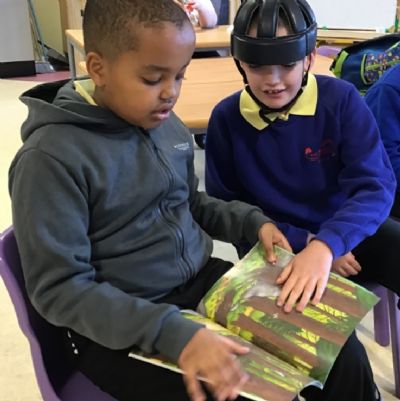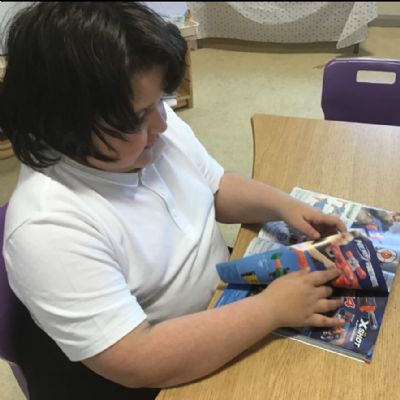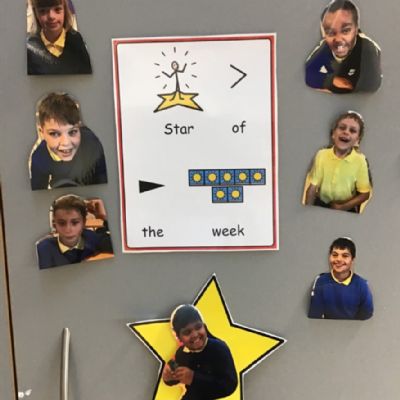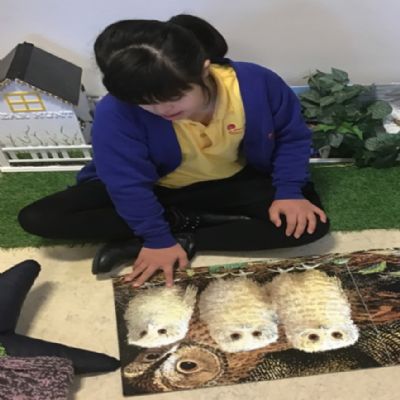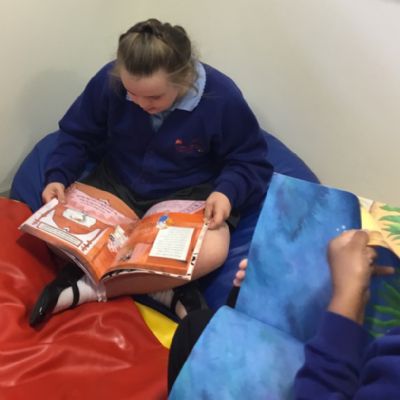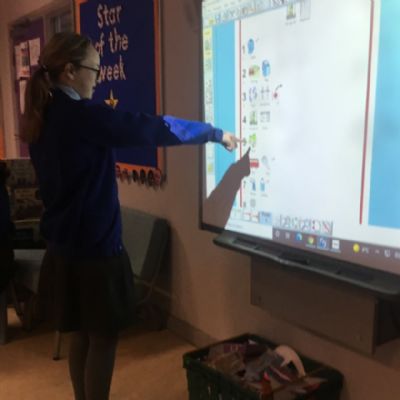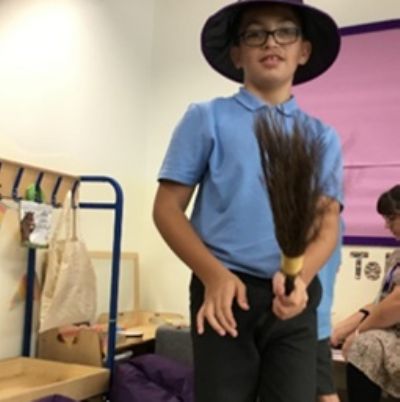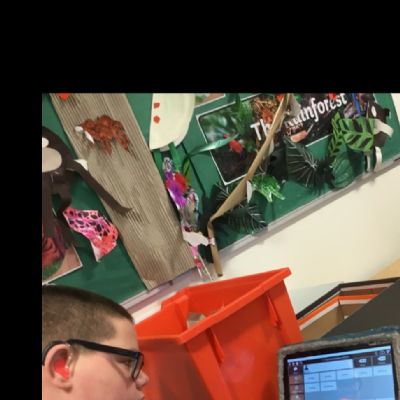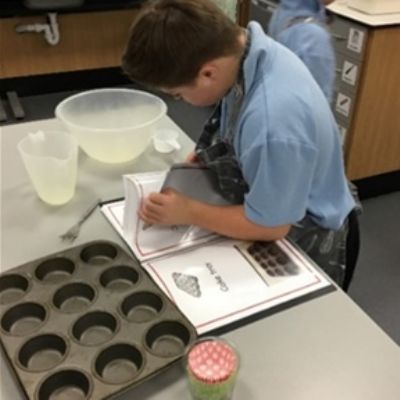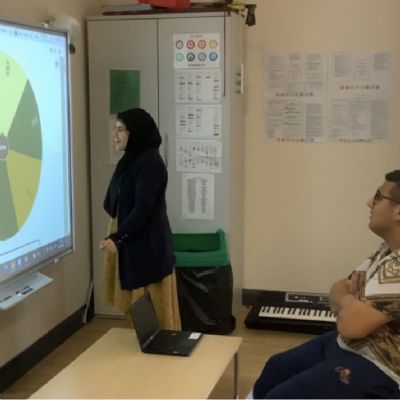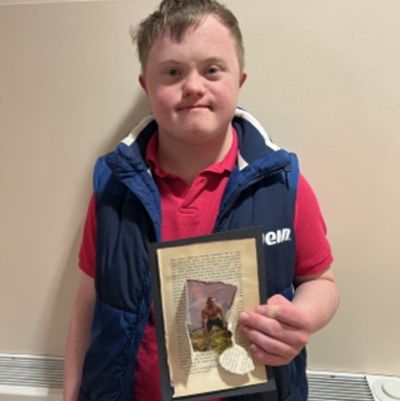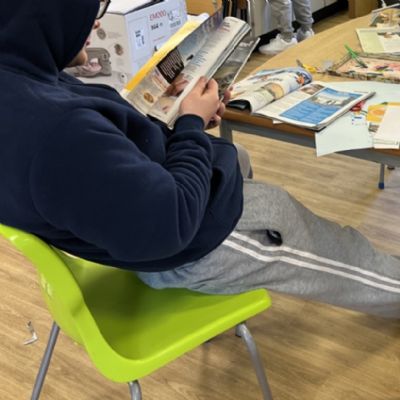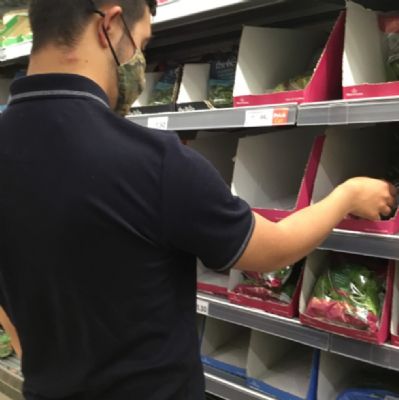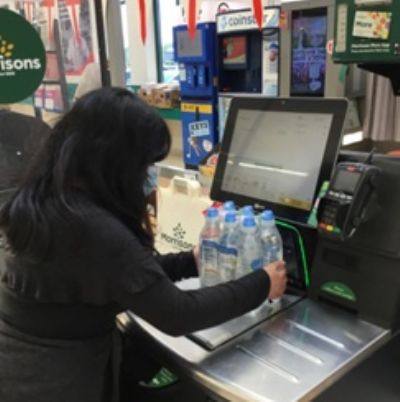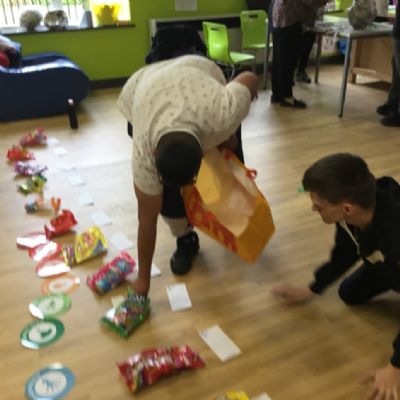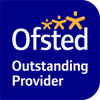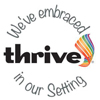Explore
Reading in Explore Lower School
- Signing, symbols, signs and pictures displayed around class, e.g. choosing own dinner from menu
- An inviting Reading area in classroom for child led reading for pleasure, includes different texts such as catalogues, magazines, fiction and non –fiction books.
- Computer and iPads with programs such as Lexia and other apps/programs to access reading.
- Reading for purpose in classroom role play area, e.g. reading menus, prices, taking orders.
Reading in Explore Upper School
- Inviting and interactive reading areas in the classroom, with activities, costumes and props linked to the stories.
- Use of SALT functional communication skills to support reading in the role play areas.
- Group reading and stories being listened to in class.
- Sensory stories and small world areas to support retelling of stories.
- Signing and use of Talk for Writing techniques to support retelling stories.
- iPads and apps such as movie maker to motivate students in engaging in reading.
- Use of Communicate in Print symbols to support independent reading.
- Reading and speech work using communication aids and speech and language programmes e.g. When I go to school.
Reading in Explore Post 16
- Individual reading or listening to text with staff during English lessons. Peer tutoring is also encouraging.
- Reading opportunities available in all lessons. Use of different texts including using the whiteboard, iPads , magazines and books are readily available.
- Functional reading in the community– real menus, timetables, reading prices, recognising and understanding signs in the community.
- Creating real life opportunities in line with preparation for adulthood—Following recipes, reading a bus or event timetable, shopping lists, reading washing labels, using household appliances, simple letters, appointment cards and personal calendars.
- Creative reading—reading scripts, reading music, researching artists or dance techniques.
- Using reading material in other ways in order to spark interest and engagement, for example using print in art work.
- Signs and symbols displayed in rooms as reference points.


